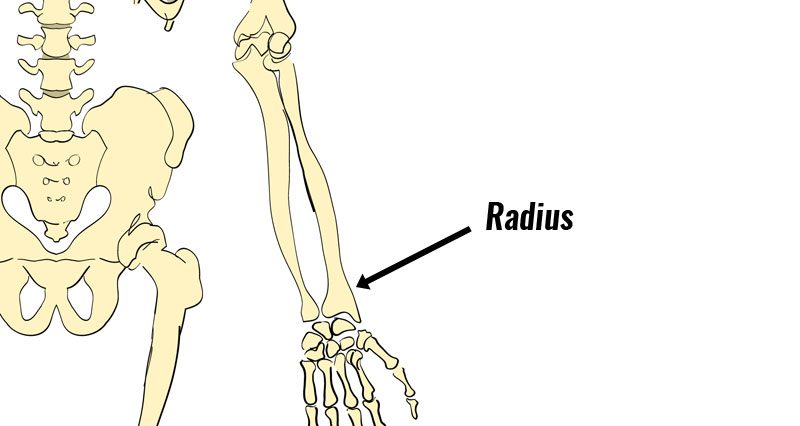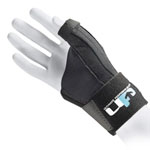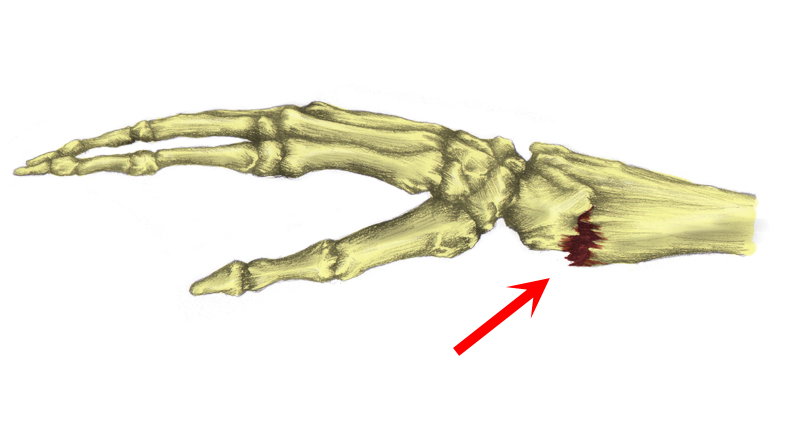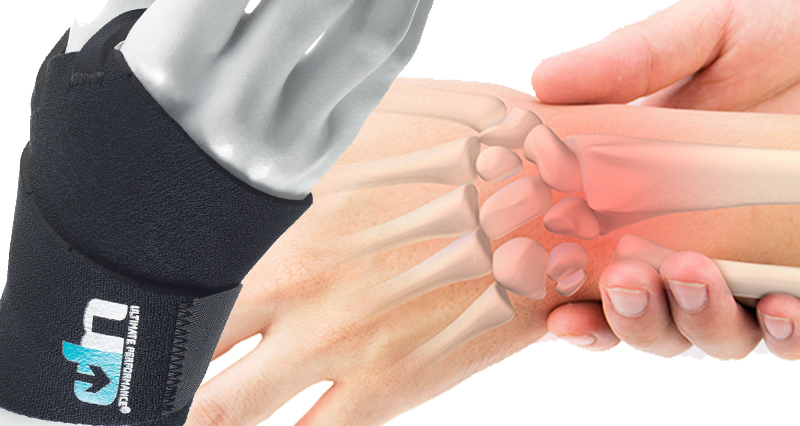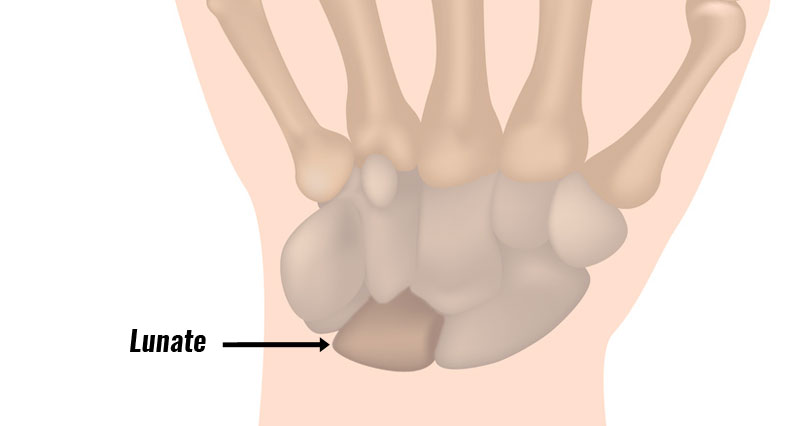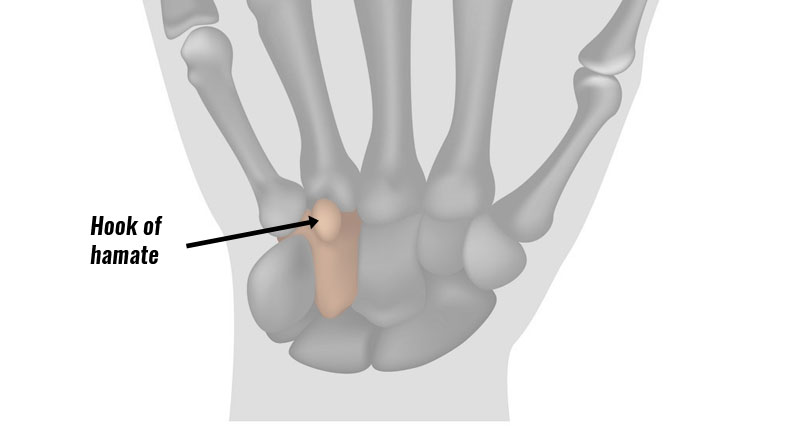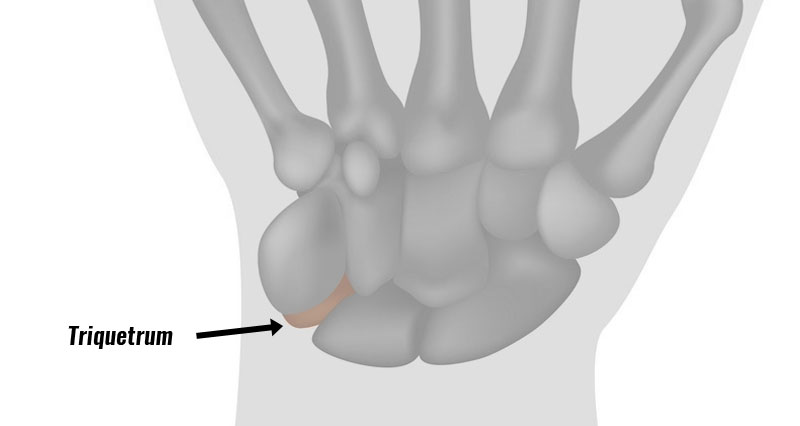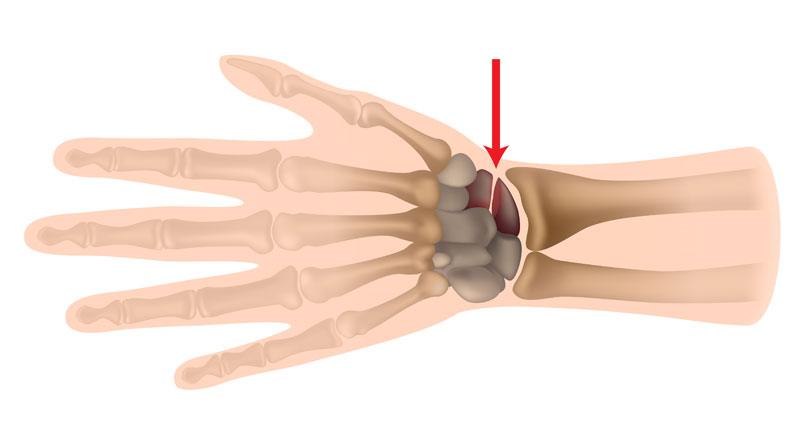A distal radial epiphysis injury is an injury to the growth plate at the wrist end of the radius bone in the forearm. It mostly affects young athletes and is most often caused by overuse. Resting and changing training accordingly can help, although activities that exacerbate wrist pain should be stopped.
Symptoms
- Symptoms include wrist pain, especially when your wrist is bent backwards with the palm facing down. This movement is known as wrist dorsiflexion.
- You are likely to have limited ability to dorsiflex your wrist. As a result, this may prevent gymnasts from performing certain movements.
- There may be tenderness and swelling around the end of the radius bone.
Diagnosis
An X-ray can help with the diagnosis and the bone on the affected side may look more hazy and different to the other unaffected wrist. In particular, a widening of the growth plate may be seen.
- If there is a narrowing of the growth plate seen on the X-ray, then a Salter-Harris-type stress fracture should also be considered.
- Ganglion cysts, wrist tendonitis or other joint dysfunction which may also present should be ruled out.
- It is important not to miss a Scaphoid fracture.
What is a distal radial epiphysis injury?
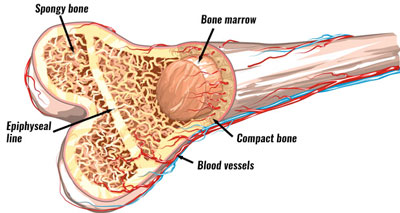
A distal radial epiphysis injury is a stress injury to the growth plate at the wrist end of the radius bone in the forearm. As a result, the blood supply to the area is compromised.
The epiphysis is the name given to the rounded end of a long bone also sometimes known as the growth plate. It is the part of the bone which is still growing in young athletes.
Injury to the distal radius epiphysis more commonly affects young athletes between the ages of 6 and 10 years old, particularly gymnasts. It is usually caused by overuse, although fractures following a fall onto an outstretched arm can also occur.
Treatment of a distal radial epiphysis Injury
- Treatment involves rest and managing the condition by changing the training program to reduce the load on the bones of young athletes and gymnasts.
- If pain is present, then activities that cause pain should not be done at all.
- In some cases, a splint or plaster cast is applied to ensure adequate rest and recovery of the bones takes place. However, this is usually only necessary in severe cases.
How long will it take to recover?
- A distal radial epiphysis injury can take months to recover from and should not be rushed.
Exercises
Strengthening the forearm muscles with specific wrist and hand exercises should be done. This will reduce the load and balance of weight-bearing on the wrist. Often young gymnasts will overextend their wrists to compensate for a lack of strength. This is thought to be a significant cause of distal radial epiphysis injury.
References & further reading
- DiFiori JP, Caine DJ, Malina RM. Wrist pain, distal radial physeal injury, and ulnar variance in the young gymnast. Am J Sports Med 2006;34(5):840–9.
